The history of Christmas celebrations
The winter solstice was celebrated long before Christianity came to Sweden, and at that time of the year, people ate and drank significantly more than usual. Christianity is, however, the religion that contributed most to the celebration of Christmas, but it was only towards the end of the fourth century, when Christianity was made the Roman state religion, that Jesus’ birthday began to be celebrated. The Christian celebration of Christmas in Sweden began in the 12th century, but it was not until the 18th century and above all in the 19th century that the Christmas celebration really took off. Nobles and commoners adopted European traditions, while commoners mixed old customs with new ones and laid the foundation for today’s way of celebrating Christmas.
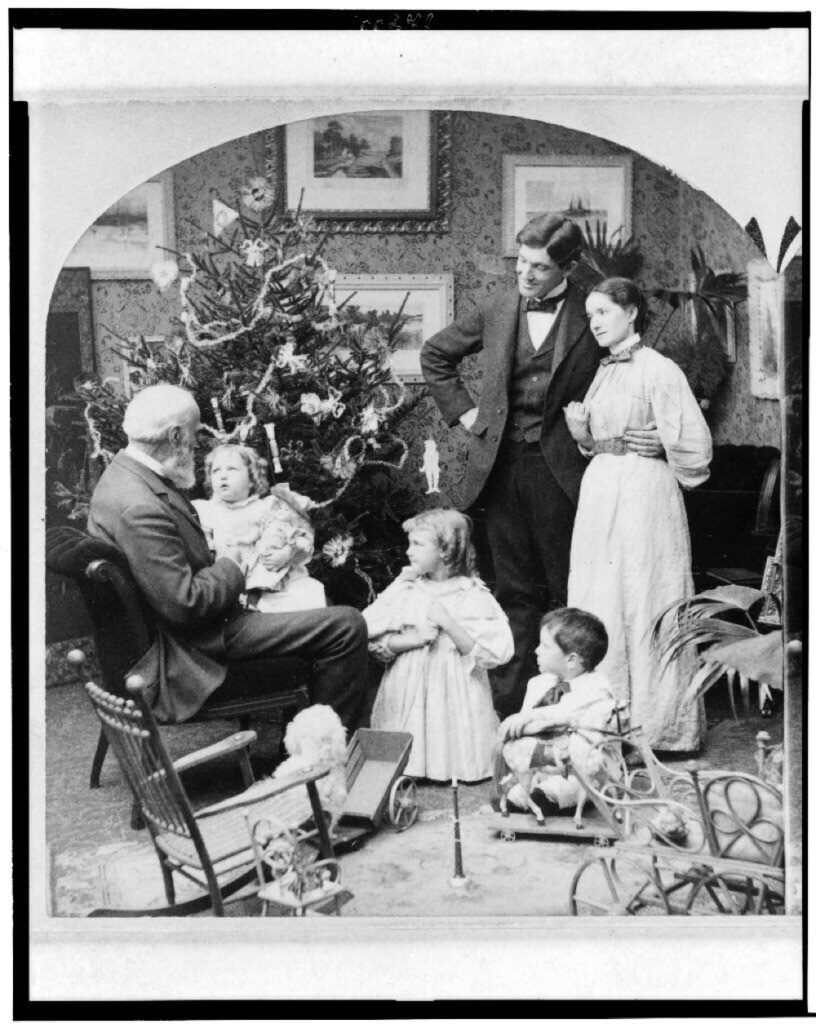
Christmas preparations
The Swedish Christmas spirit begins to spread already at the end of November. Then the windows are decorated with Advent stars and Advent candlesticks. Advent extends from the fourth Sunday before Christmas up to and sometimes including Christmas Eve. Each of the four Advent Sundays is celebrated by lighting a new candle in a special candlestick designed for four candles. You also often get an Advent tree that is placed in the garden, on the balcony or in the town square. It is usually covered with a string of electric light, which can have one or more colors. From December 1, the days until Christmas can be counted down with the help of an advent calendar with 24 slots that can contain small gifts or candy, for both adults and children. The children write lists of what they want for Christmas, which are then sent to Santa Claus.
Lucia is celebrated on December 13th. It is a glimmer of light in the winter darkness because when the days get short in the northern hemisphere, Lucia comes with hope for brighter times. The origin of the Lucia rite is complex and the celebration originates from several eras, places and religions. The tradition we associate with today’s Lucia celebration originates from Western Sweden, from where it spread throughout the country during the 20th century and eventually to the rest of the Nordic countries and out into the world
Traditionally, it is common to send Christmas mail. at the end of the 19th century, they started printing Christmas cards with a new type of Santa and the Swedes began sending Christmas cards to loved ones. Around the middle of the 20th century, the postal service started selling special Christmas stamps and this is still done today.
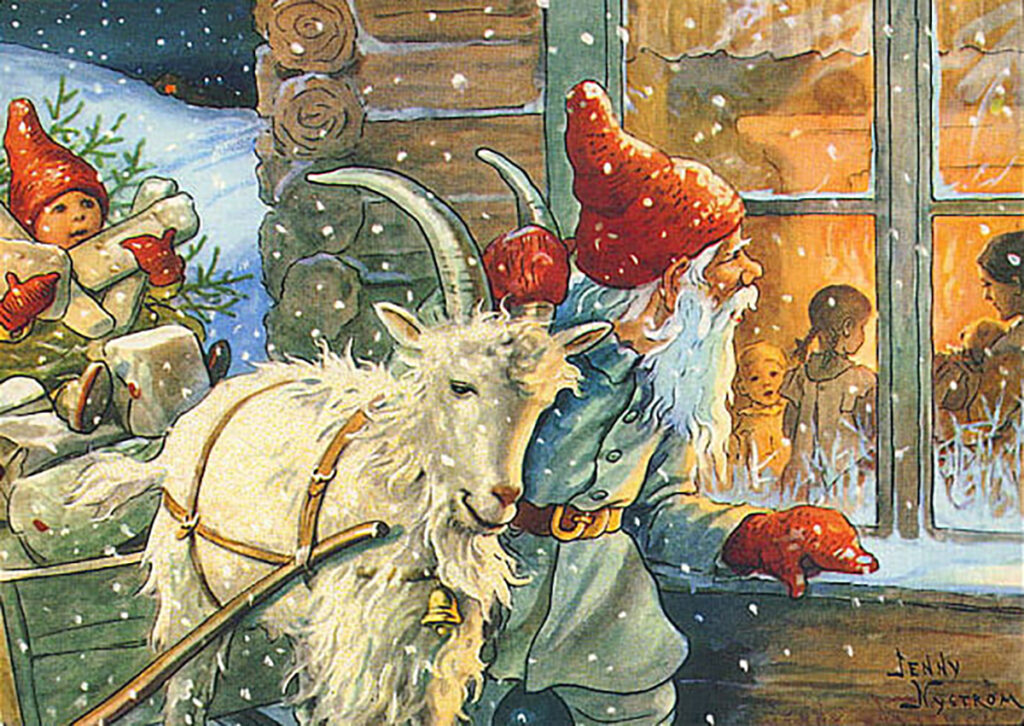
Swedish Christmas celebrations
Christmas Eve is the highlight of the Nordic Christmas tradition and this is the day when Santa Claus comes with the Christmas presents. In the old farming society, Christmas Eve was the most solemn day, which commemorated the birth of Jesus. The house was cleaned, the tools were in good order and all the work finished.
The Swedish Father Christmas derives from legends about the pious St Nicolaus, but also bears traits of the Swedish farm gnome. The farm gnome had nothing to do with gifts, but made sure that the farm and the animals were taken care of.
From the beginning of the 18th century, there was instead a tradition around Christmas when young people went around the farms and performed simple plays or sang carols and one of the company could then be dressed as a goat, sometimes with a mask made of straw. As thanks for the performance, they received food, drink, and money for a party held in the days between Christmas and New Year. During the 19th century, the tradition gradually changed to a man from the bourgeois social class dressed as a goat handing out Christmas presents. The role of the goat was taken over during the late 19th century by Santa Claus.

If the presents are not brought by Santa, they are often placed beneath the Christmas tree.
The tradition of having special Christmas trees in the house started in Germany. The first known decorated tree in Sweden is from 1741 and was dressed with apples, saffron pretzels, and wax candles.
Today, the traditional Christmas tree decorations have been replaced by electric light strings and shiny, colorful Christmas balls.
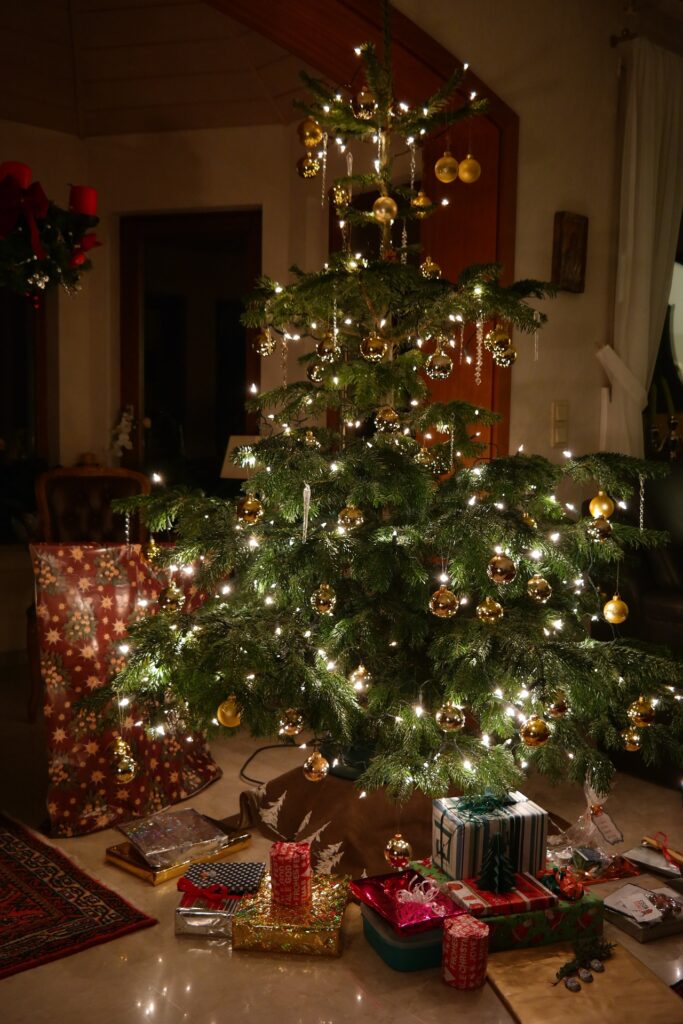
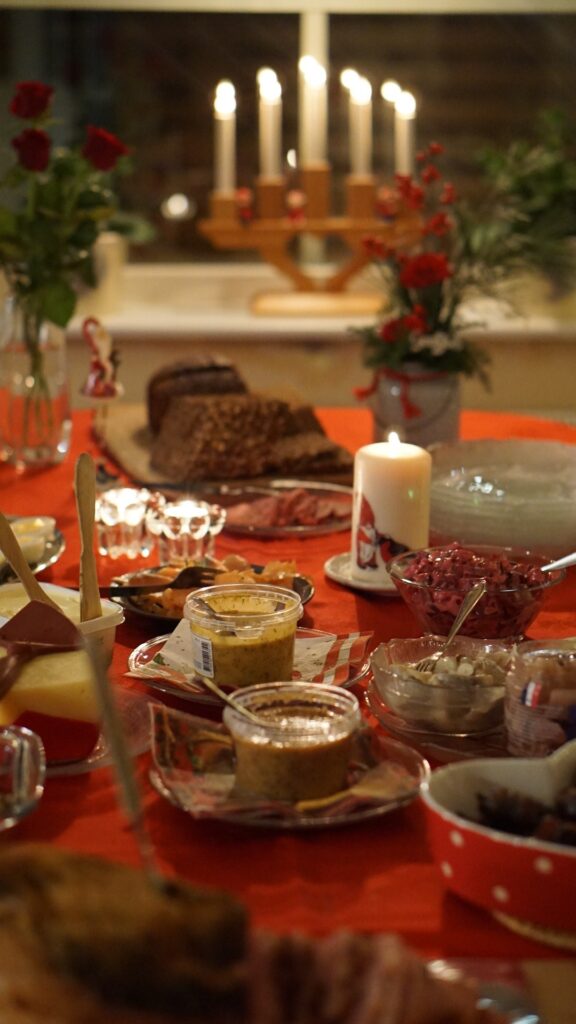
Christmas is Sweden’s number one food holiday! For many, food and drink are what truly create the authentic Christmas atmosphere. People bake lussekatter (saffron buns), gingerbread cookies and gingerbread houses, struvor (a type of deep-fried pastry), and wort loaf, Christmas candies like “peppermint kisses”, knäck (a type of toffee), and homemade caramels are made. The stockfish is prepared, meatballs are rolled, and the Christmas ham is boiled. Rice porridge simmers on the stove, and last but not least, Jansson’s frestelse is prepared—a type of potato gratin with anchovies.
Then we also have the tradition of “Dopp i grytan” – Dip in the pot. “Dopp i grytan” is bread dipped in hot ham broth and this is such a well-established Swedish tradition that Christmas Eve is often also called “Dopparedagen” – Dipper’s Day. “Dopp i grytan” is done by removing the cold layer of fat that has formed on the cooled broth in which the Christmas ham has been cooked. Then it is boiled down to a suitably salty bouillon, and bread (usually wort bread) is dipped in the bouillon.
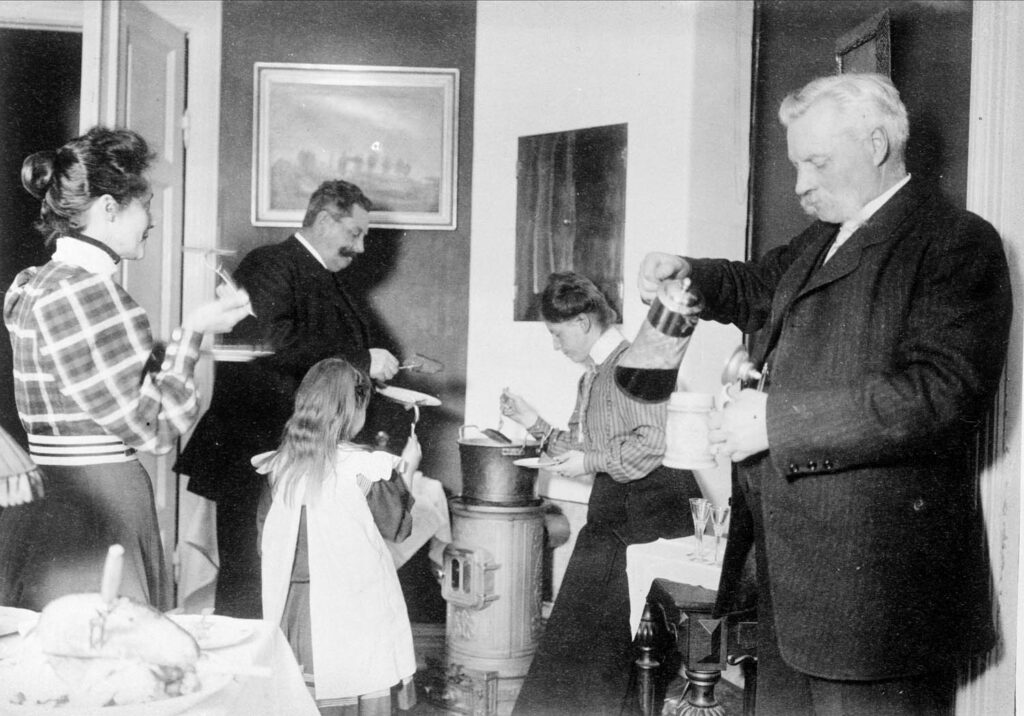
In Sweden, the Christmas holiday consists of three days – Christmas Eve, Christmas Day and Boxing Day. These are replaced by the “mellandagarna” – the days between Christmas and New Year’s and then the New Year’s weekend.
